
Recycling on the Farm
Find out how you can set up a farm-friendly recycling system, as well as reuse common materials around the barn.


Find out how you can set up a farm-friendly recycling system, as well as reuse common materials around the barn.

When 28-year-old Scotty retired from his long-held position as a saintly lesson horse, his owner threw a celebration. Here’s how to honor the special horses in your life when it’s time for them to retire.

While physicians have used capsule endoscopy in humans for more than a decade, it’s only recently become commercially available on the veterinary market for dogs and shows promise for use in horses.

Untrained horses—which can vary from feral horses to unhandled youngsters—can be challenging to sedate, so a veterinary anesthesiologist offered tips for other practitioners.
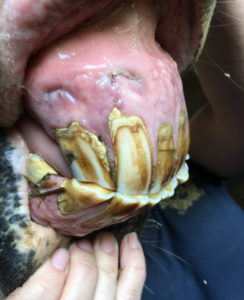
Veterinarians have only recently described this dental disorder, which primarily affects older horses’ incisors and canines. Because EOTRH comes on slowly and insidiously, many owners and their vets don’t pick up on it until it’s in its late—and painful—stages, one equine dental specialist says.
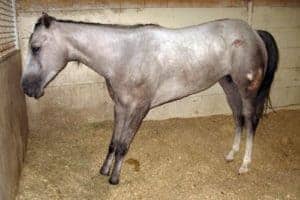
Each horse responds to laminitis differently, so veterinarians must have a variety of pain-management options at their disposal.

When it comes to putting equids such as mules and Miniature Horses under general anesthesia, veterinarians must factor in those animals’ physical and behavioral differences.
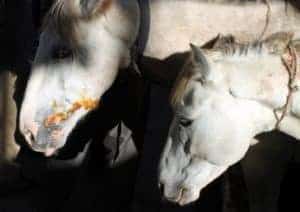
In some scenarios, such as when working in developing countries, veterinarians might not have access to powerful drugs or firearms to euthanize horses, one veterinarian says.

Dr. Regina Turner shares the results of studies on antimicrobial options for metritis, treating blocked oviducts, estrus lengths and pregnancy rates, colic surgery in broodmares, and more.

One veterinarian has confirmed that a combination of drugs can disrupt biofilms in mares with endometritis, potentially making the uterus a happier place for embryo attachment and pregnancy.
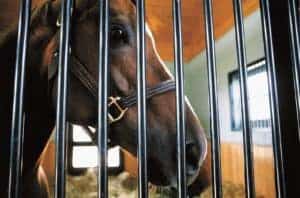
EHV-1 can spread between horses before they show any signs of infection, creating a potential perfect storm for a significant disease outbreak. An infectious disease expert shares steps you can take to stop disease spread.

There’s a nerve-tingling explanation behind many equine headshaking cases. Here’s what you need to know.
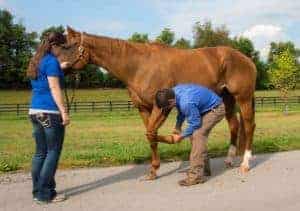
Such tendon injuries include those that affect commonly injured tendons at unusual sites, uncommonly hurt tendons, or where the pathology itself is unusual.

The bacterium Salmonella enterica can spread quickly between horses on a farm or in a hospital setting, causing significant financial and even equine losses. Here’s how one veterinarian recommends managing positive cases.

When a horse shows signs of poor performance, rearing or bucking under saddle, and sensitivity when grooming, an owner might conclude that he has a sore back. But when is an issue truly back pain, and when is it secondary to another orthopedic issue? One veterinarian weighs in.

Researchers found that treating suspensory ligament branch tears surgically generally yielded a good prognosis and proved superior to noninvasive management. However, they cautioned, surgical intervention is lesion-specific and not applicable to all suspensory branch injuries.
Stay on top of the most recent Horse Health news with